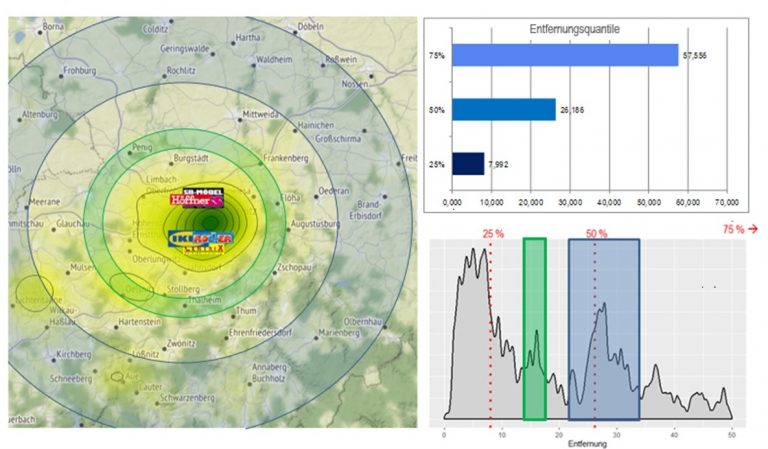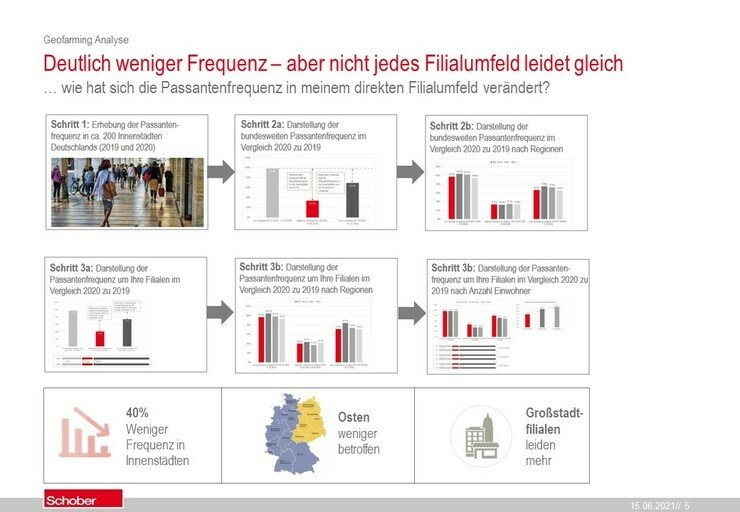How La Biosthétique is transforming e-commerce with data-driven marketing
The culture of beauty meets the culture of data.
udo von Schober has once again written a success story. This time, our platform has transformed e-commerce at La Biosthétique Paris.
Continue reading below …
Or HERE directly to the whitepaper as PDF.


B2B under control – B2C still has a lot of potential
La Biosthétique Paris is internationally renowned for high-quality cosmetic products and works exclusively with owner-managed hairdressing and beauty salons. Over-the-counter sales are flourishing – but the B2C online store in 13 countries has fallen short of expectations.
The challenge:
- Hardly any internal resources for e-commerce analysis
- No networked data landscape (many silos)
- High proportion of guest orders suspected
- Only limited customer insights – no segmented approach
- No business intelligence or automated processes
The goal was clear: more sales in the online store, targeted new customer acquisition and activated existing customers.
The solution: Data Value Management with udo
With the support of the Schober Information Group, La Biosthétique decided to use the udo data value management platform.
The path to data-driven e-commerce excellence was paved in four consecutive steps:
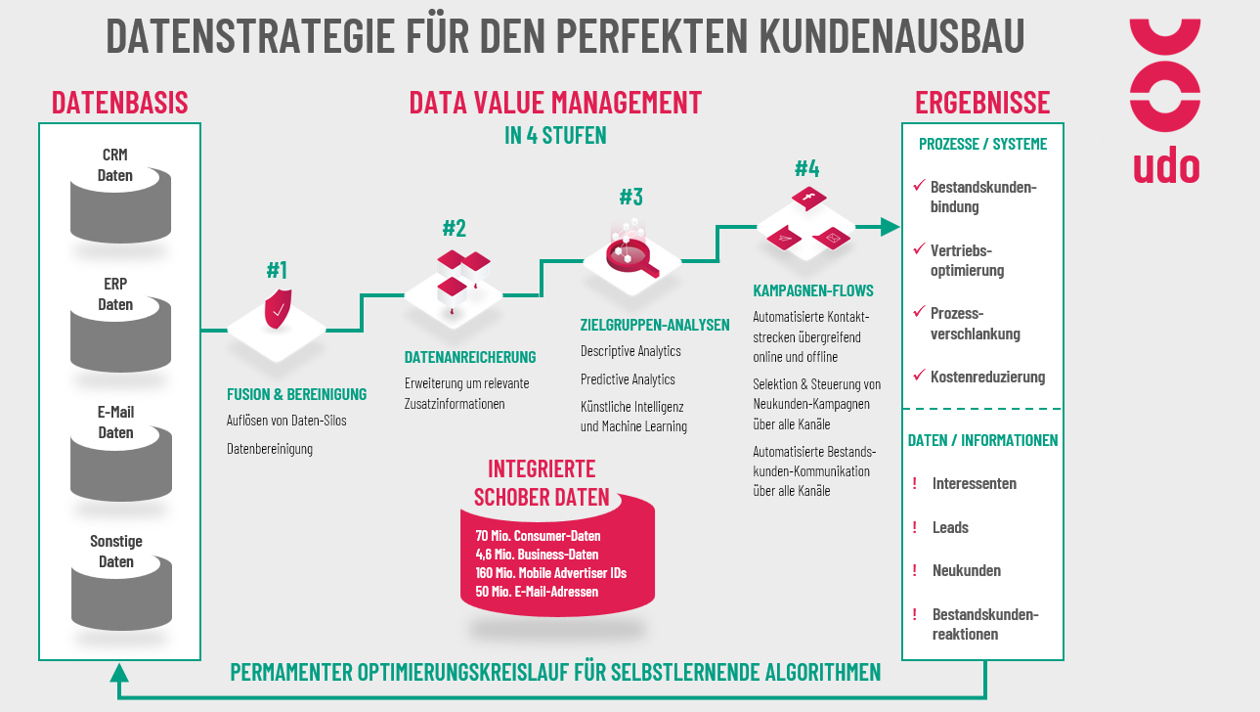
Specifically: Data Value Management in four stages for La Biosthétique:
#1 Data cleansing & integration

- Consolidation of fragmented data sources (CRM, ERP, e-mail system)
- Duplicate matching, address correction, plausibility checks
- Basis for clean customer scoring
Advantage: The cleansed data is later used as a learning data set for AI-based lead prediction
#2 Data enrichment

- Expansion to include external consumer characteristics, interests, purchasing power, etc.
- Link to Schober database: over 70 million consumer profiles
- Differentiation between occasional vs. regular customers (who are the guest shoppers?)
Advantage: The broader the database, the better the AI
#3 Segmentation & Customer Insights

- Development of four behavior-based customer segments such as:
- Segment 1 – The Occasional Explorer (rare customers)
- Segment 2 – The Loyal Enthusiast (committed, regular customers)
- Segment 3 – The Lapsed Loyalists (reactivatable ex-buyers)
- Segment 4 – The Devoted Connoisseur (loyal frequent buyer)
- Use of AI & machine learning for purchase probability analysis
Advantage: Better understanding optimizes the approach
#4 Campaign automation & personalization

- Automated, segmented e-mail routes
- Reminder campaigns: e.g. “Is your shampoo empty?”
- Cross-selling, seasonal topics & next-best-product recommendations
- Reduction of guest purchases through new checkout & account focus
The results: Clearly measurable – and convincing
La Biosthétique was already able to make significant progress in the first year after the start of the project:
- Significant increase in sales in the B2C online store
- +9.88 % higher basket value
- Reduction of guest purchases through optimized checkout
- Establishment of company-wide B2C controlling
- Roll-out to France & Italy – other countries to follow
The journey continues: self-learning systems & continuous progress
With udo, La Biosthétique has not only implemented a technical solution, but also anchored a new data-driven mindset in marketing. The algorithms used are continuously improving – through real customer reactions, intelligent segment shifts and dynamic campaign adaptation.
Conclusion
With the Schober Information Group as a partner, La Biosthétique was able to sustainably drive its transformation in the B2C business – with clear results and a scalable infrastructure for future growth.
“With udo, we not only got to know our customers better – we now understand them better.
Thanks to data-based marketing, we communicate more individually, more relevantly and more efficiently.
This allows us to create real proximity, address needs more specifically and offer tailor-made solutions.
The result: significantly stronger customer loyalty and noticeably more sales.”
– Edwin Teiber, Head of E-Commerce, La Biosthétique Paris
Curious about how your company can benefit from udo?
Talk to us. We will show you how Data Value Management can boost your sales with automated processes.


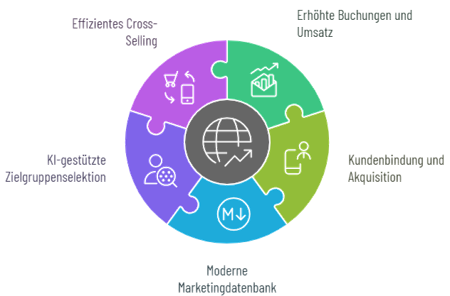






 The
The  And the method described above has long since given rise to a cloud-based out-of-the-box platform for managing customer data (Customer Data Platform – CDP).
And the method described above has long since given rise to a cloud-based out-of-the-box platform for managing customer data (Customer Data Platform – CDP). 
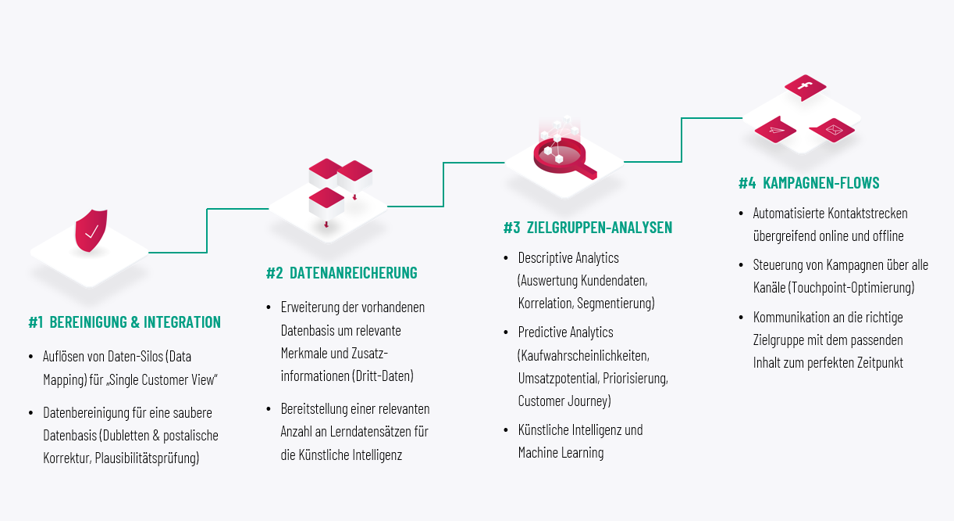

 Which customers only buy once and then disappear from the radius of marketing measures? Which customers, on the other hand, buy multiple times? With the answers, segments for subsequent measures can already be created in a first approximation. If you add the time intervals between purchases and the product groups purchased in each case, the view of the customers quickly becomes complete.
Which customers only buy once and then disappear from the radius of marketing measures? Which customers, on the other hand, buy multiple times? With the answers, segments for subsequent measures can already be created in a first approximation. If you add the time intervals between purchases and the product groups purchased in each case, the view of the customers quickly becomes complete.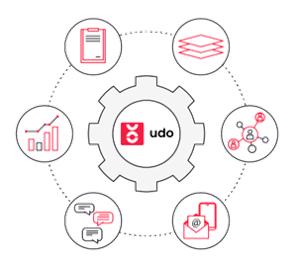 If you’re thinking, “That’s easy for them to say. But the effort to introduce multi-buyer analytics is huge, isn’t it?” No, the effort is manageable, because Schober has developed a cloud-based out-of-the-box platform from the method presented.
If you’re thinking, “That’s easy for them to say. But the effort to introduce multi-buyer analytics is huge, isn’t it?” No, the effort is manageable, because Schober has developed a cloud-based out-of-the-box platform from the method presented. 
 Data is silver, but good data is gold, because only from it can companies gain the information that determines market success. The analyses become more accurate, leads can be assessed more precisely and customer interaction becomes more precise overall. “Get the basics right” is what we say at Schober and
Data is silver, but good data is gold, because only from it can companies gain the information that determines market success. The analyses become more accurate, leads can be assessed more precisely and customer interaction becomes more precise overall. “Get the basics right” is what we say at Schober and 
 Scissors, stamps, furniture or cleaning supplies – if you’re looking for office supplies, you’re in good hands at Viking in Germany. The office supplies retail brand, which is part of the European Office Depot group, is now successful in eight European countries and employs over 1,500 people in Europe. Viking’s recipe for success: one stop store for your workplace, innovative and data-driven marketing, and great customer service.
Scissors, stamps, furniture or cleaning supplies – if you’re looking for office supplies, you’re in good hands at Viking in Germany. The office supplies retail brand, which is part of the European Office Depot group, is now successful in eight European countries and employs over 1,500 people in Europe. Viking’s recipe for success: one stop store for your workplace, innovative and data-driven marketing, and great customer service.
